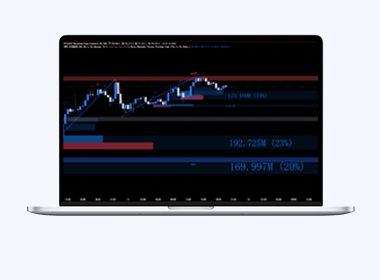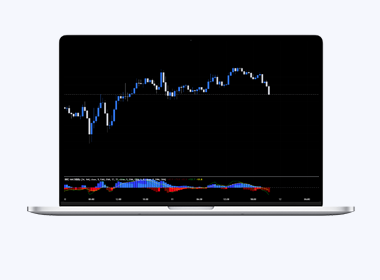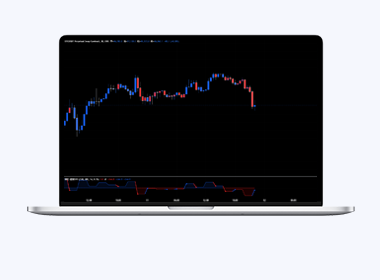In the realm of financial markets and trading, the Exponential Moving Average (EMA) strategy stands as a cornerstone technique for traders seeking to navigate the unpredictable nature of market trends. This article delves deep into understanding the EMA strategy, exploring its practical applications, technical analysis, and the benefits it offers to traders. By integrating real-world case studies and objective analytical evidence, we aim to provide a comprehensive guide on how to effectively employ the EMA strategy for trading success.
Understanding the Basics of the EMA Strategy
The Exponential Moving Average (EMA) is a type of moving average that prioritizes recent price data over older price data, thereby reacting more significantly to price changes than a simple moving average (SMA). The EMA strategy is utilized by traders to identify the prevailing market trend and to pinpoint potential reversal points. By assigning greater weight to the most recent prices, the EMA can be a valuable tool in a trader’s technical analysis toolkit, facilitating more responsive decisions based on the latest market movements. Different lengths of the EMA are used, such as the 12-day and 26-day for short-term trends, and the 50-day and 200-day for long-term trends. Understanding how to adjust the lengths according to one’s trading style and objectives is crucial for maximizing the benefits of the EMA strategy.
Implementing the EMA Strategy in Trading
To implement the EMA strategy effectively, traders must first decide on the time frame and the specific EMA lengths that align with their trading objectives. A common approach is to use a shorter EMA (e.g., 12-day) in conjunction with a longer EMA (e.g., 26-day) to identify potential buying or selling signals based on the crossover of these EMAs. When the shorter EMA crosses above the longer EMA, it may signal an upward trend and a potential buying opportunity. Conversely, if the shorter EMA crosses below the longer EMA, it may indicate a downtrend and suggest a selling or shorting opportunity. Incorporating this strategy requires real-time analysis and a disciplined approach to follow through on the signals provided by the EMA crossovers.
Case Studies and Analytical Evidence Supporting the EMA Strategy
Evaluating the effectiveness of the EMA strategy through real-world case studies offers invaluable insight into its practical applications. For instance, during the 2020 market rally, many traders utilized the EMA strategy to capitalize on swift upwards trends by closely monitoring 12-day and 26-day EMA crossovers. This proactive approach allowed traders to enter and exit positions at opportune times, maximizing gains. Furthermore, an objective analysis of trading data from this period shows that the EMA strategy, when combined with other technical analysis tools like the Relative Strength Index (RSI) and support/resistance levels, can vastly improve a trader’s ability to make informed decisions. It’s important to note, however, that while the EMA strategy is powerful, it is not foolproof and should be used as part of a comprehensive trading plan.
In summary, the Exponential Moving Average (EMA) strategy is a dynamic and valuable tool for traders aiming to thrive in the fluctuating financial markets. Its ability to prioritize recent price data makes it indispensable for identifying market trends and potential reversal points. Understanding the basics of EMA, implementing the strategy with precision, and learning from real-world case studies can significantly enhance a trader’s success. Nonetheless, integrating the EMA strategy with other technical analysis tools and maintaining discipline in one’s trading approach are paramount to leveraging its full potential.
版权:文章归 神灯指标 作者所有!
转载请注明出处:https://www.177911.com/1261.html


 微信扫一扫
微信扫一扫 













还没有评论呢,快来抢沙发~